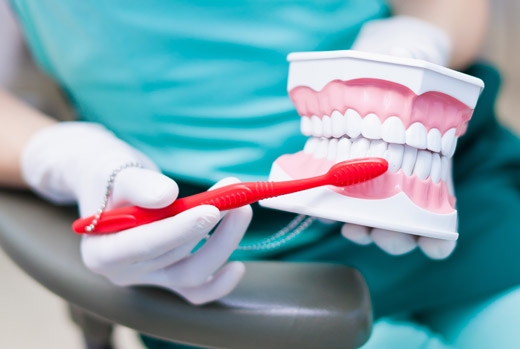
Keep your teeth for longer by ensuring strong and healthy gums!
Unfortunately, our mouths are not invincible. Sometimes our gums start to recede, exposing more of the tooth and the tooth’s root. This can cause damage to the supporting bone and may even result in tooth loss. Many people don’t even realize their gums have receded because it’s a gradual process. However, an exposed root can cause severe sensitivity to hot or cold foods and ruin our smiles. Gum grafting can repair and prevent further dental damage.
